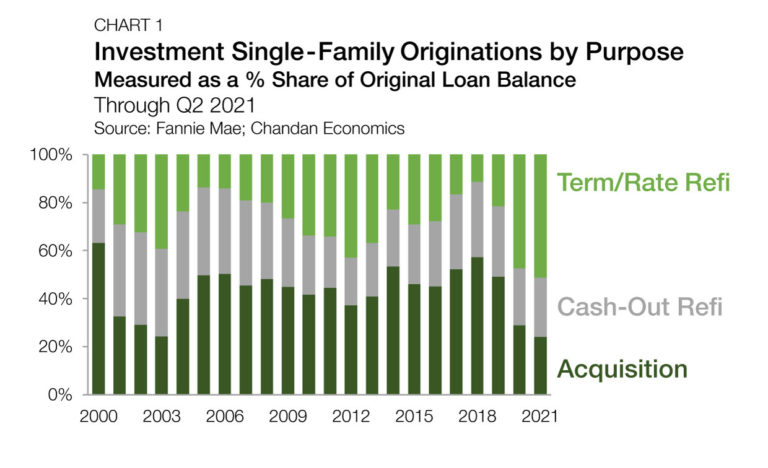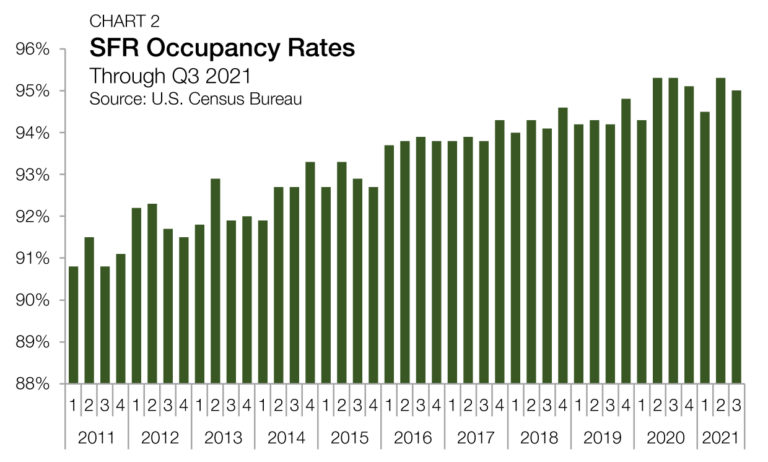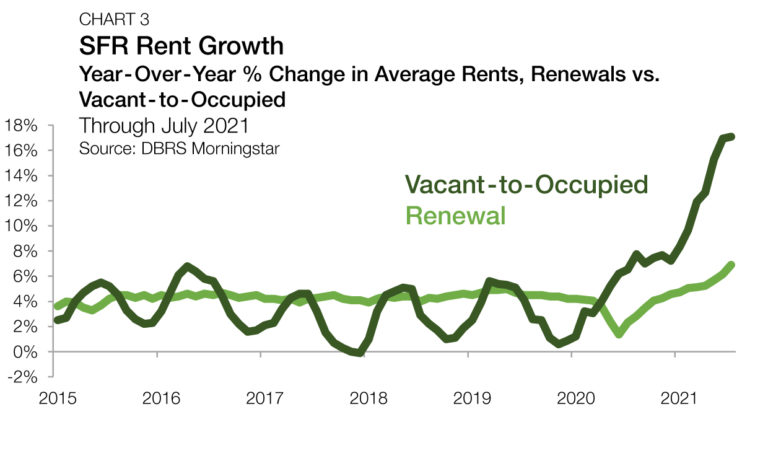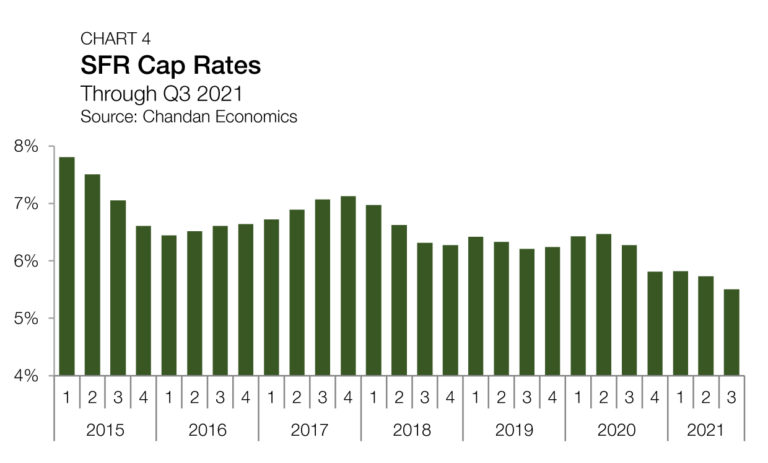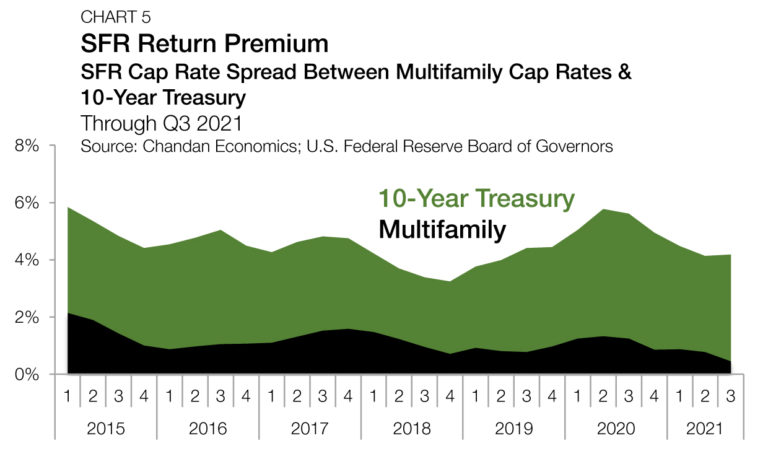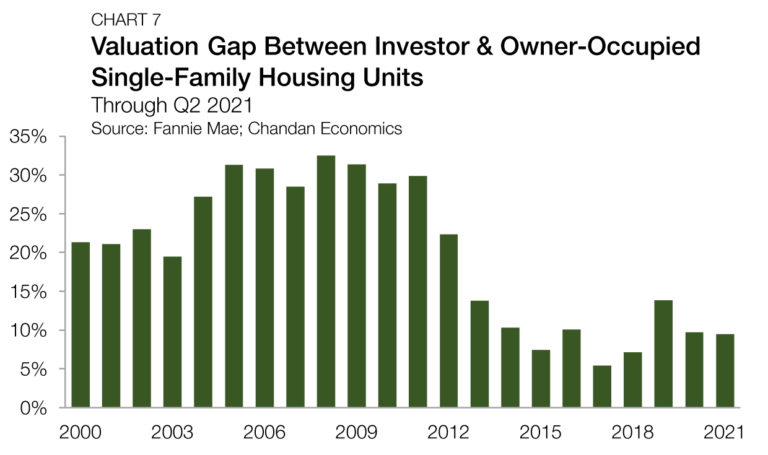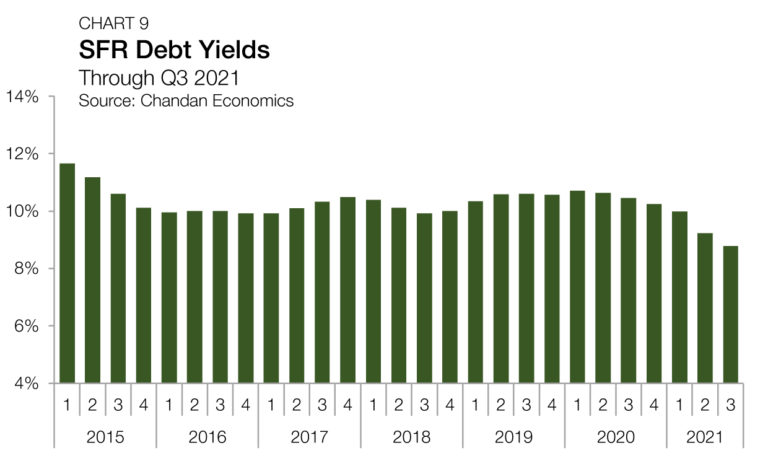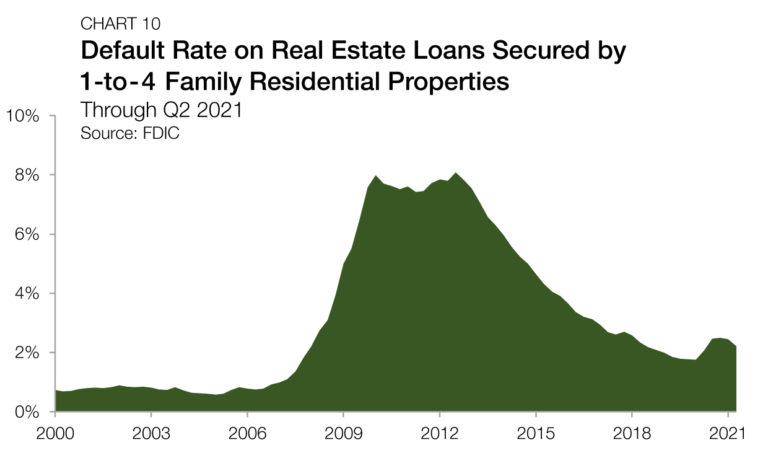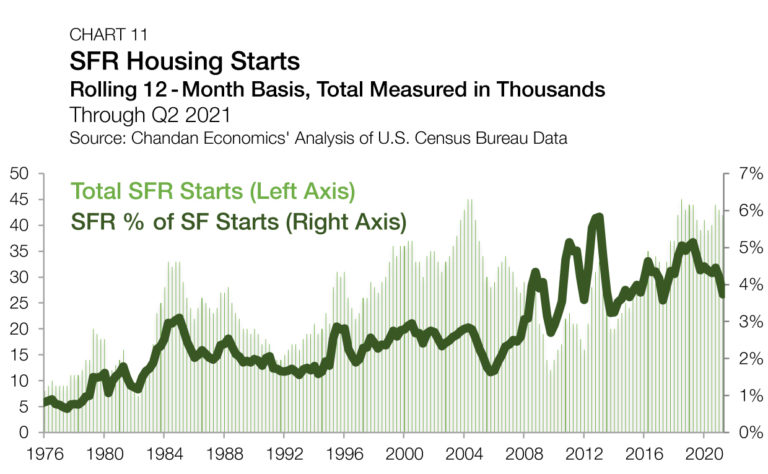Current Reports
As the cost of living in the U.S. climbs, the shortage of affordable housing is a persistent challenge for many communities. While progress has been uneven to date, Arbor Realty Trust and Chandan Economics document federal and state initiatives aimed at creating positive change. In a sector known for its strength, stability, and consistency, new and old affordable housing opportunities are converging as the nation accelerates construction.
FRDDIE MAC® Conventional Forwards Arbor’s Freddie Mac® Conventional Forwards encourage the creation of new housing supply by providing takeout certainty to developers and construction lenders, helping to address long-term supply shortages that limit affordability and housing choice. In an evolving multifamily lending environment, our Conventional Forwards provide clarity to the terms of the permanent debt needed when a property stabilizes after new construction or major rehabilitation.
Analysis
As has been the case throughout this cycle, the top rent growth markets over the past 12 months represented several regions, all with varying strengths and characteristics.
Current Reports
Arbor Realty Trust’s Small Multifamily Investment Trends Report Q4 2025, developed in partnership with Chandan Economics, outlines the long-term positives reinforcing the sector’s growth amid macroeconomic uncertainty. With capital market activity poised to increase, small multifamily’s healthy fundamentals position it to trend higher in the next cycle.
Analysis
The U.S. multifamily market demonstrated clear signs of stabilization during the third quarter of 2025, as supply imbalances eased and investment activity climbed.
Find answers to common questions about multifamily and single-family rental real estate financing.
Current Reports
As headwinds fade and transaction volume rises, market knowledge is a critical advantage to commercial real estate investors. The Arbor Realty Trust-Chandan Multifamily Opportunity Matrix analyzed a wide range of factors within the 50 largest U.S. metros to assess market strength and durability. From maturing, dynamic metros to affordable, opportunity-rich markets, our biannual report is a roadmap to the top locations for capital deployment.
Uncategorized
Sponsors today are increasingly choosing bridge lending solutions to capitalize on opportunities during the lease-up and stabilization phases, with multifamily completions projected to remain elevated through 2030. Bridge loans, when paired with a lender equipped to support your investment needs from construction through permanent financing, can effectively position borrowers for long-term success.



